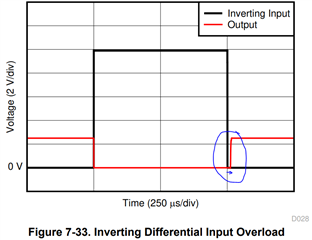Other Parts Discussed in Thread: OPA2365, OPA365, INA296B, INA240
Hi all
I was doing some simulation about low side current sensing circuit using high speed opamp and current sense amplifiers. Since INA180 has high market rank i decided to use it to simulate result of each device.Since im new at current sense ic family but i was using opamp based circuit many years.
You can see below result and circuit diagrams.Current source is sine wave 2amps peak rating and 10kHz. Same current wave has been used for each circuit as described VF2 probe. INA180A1(gain=20)doesnt start to sense until current source reaches at 1.6Amps. At that point inaout equals to 1.6mV . Otherwise opa2365 (gain set by 20 as well ) does the job great and it starts to sense around 1Amp of current thought the shunt resistor 5milliohms. Actually my expectation was ina180 has better performance. Also as i said before im not familiar with current sense ic and maybe im missing some points on the datasheet. Can you please explain them ? What do you think about performance of each ic , which one better for operation ? Do you recommend higher performance low cost current sense ic's such as ina180 ?
Thanks.
Hasan.


